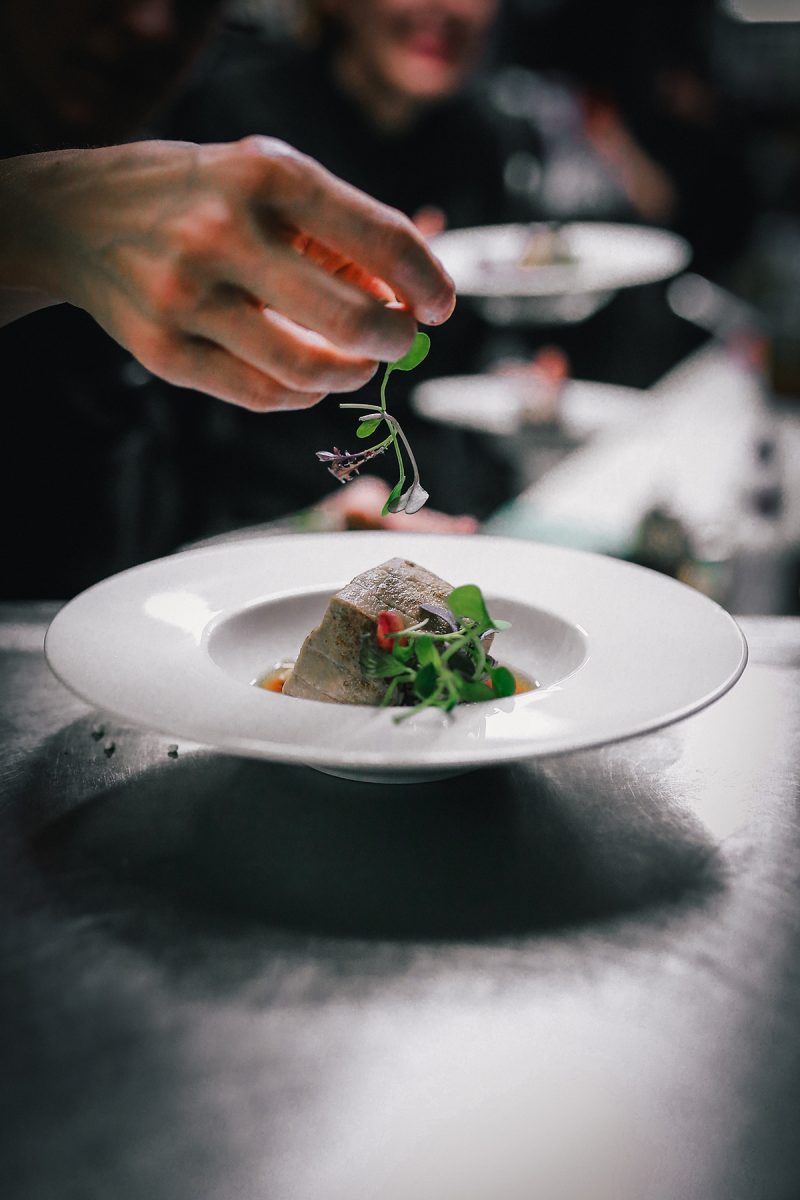How do I work with Restaurants?
I already talked about How important is to hire a professional photographer for your business.
Do you know that great photos can increase sales by as much as 80%? Yes, nowadays everything’s visual. Someone can recommend a product, a restaurant, a hotel… and when people look for pictures, they MUST be attractive.
Restaurant shoots are not that easy. In fact, they are one of the most difficult types of food shoots to do.
I heard something: «The rise of smartphones, selfies, and customers photographing their meals has really elevated and focused the spotlight on how important that is … The younger generation lives digitally. They don’t want to eat a meal if they are not going to take a picture of it.”
If you don’t photograph your food, chances are your customers will do it for you. And when they do, they may not represent your dish in the best light. It’s also very unprofessional.
If you take your own photos, you have more control over the quality and setup. The world is more visually oriented than ever. As that trend continues, photos will remain a key part of your marketing arsenal.
Being food photographer is not just taking pictures; there are a lot of work behind: creativity solving problems, communication, marketing strategies, budgets, taxes, custumers…
I know how important is Photography for a business, and I’m happy for being able to help you with that! And created this post, to explain to you how I work!
HOW DO I WORK WITH RESTAURANTS?
1. List of priority things to shoot
Often, I not only have to shoot the menu items. I also work shooting portraits of the staff, the interior of the restaurants….
Usually, I ask what the Restaurants to specify the needs and things are important for them, like; beverages, individual dishes, shots of the ambiance, shots taken in the kitchen… (I think everything’s important to recreate a nice environment, and it also generates trust and interest to the potential clients to visit the place)
I need exactly what I’m expected to deliver, so I can estimate how long it will take me. This part is very important to price my service accordingly.
Also, if they want landscape or vertical shootings…
2. Talk about Styling and models
Photographer and Food Stylists are different things. Luckily I developed both skills because I worked for different projects as both, and I also know how to choose the right Props without affecting the Post-Edition, or avoiding annoying reflections that could ruin the picture.
It’s important to know what kind of style they want, something dark or something light, as well to check if they already have the right props for that.
As I said before, being a Food Photographer doesn’t consist just in taking pictures of food. Algorithms love hands and faces.
So it’s very important to know if they want to hire or provide a hand model for those. Big companies and Commercials advertisements use to hire them and pay rights of images, but for Restaurants, it rarely happens.
3. Check the restaurant before the shoot.
As you already know, I’m a huge fan of natural light. Sometimes there will be enough of it to shoot (by a window mostly), but sometimes, I’ll need to bring artificial light.
I worked for very dark Restaurants, and I couldn’t just use the lights they have, because it creates an undesirable orange or tungsten color, which sometimes takes extra hours to work in the Post-Edition.
I also need to figure out where to set up my workspace, for that, I usually talk with the proprietor.
It’s important to leave that part clear because I don’t want to bother customers and fell awkward to stand in a chair to get the best overhead shoot.
4. Make sure to involve the Chef and the Client.
It’s necessary to communicate about the desired aesthetics. Working with the client helps to approve the images.
The chef should be involved in that process not only because is responsible for how the food looks like, also to coordinate the timing of the shoots in the kitchen because of two reasons:
1- You don’t want to feel like you are bothering them.
2. They can’t send you a plate every 5 minutes, because the food could not look appetizing anymore.
Conclusion
Personally, didn’t learn everything from my first years as a photographer, it took me some time! I wrote this to remind you about how important is communication between the customer and the Photographer. It’s a fact which avoids a lot of mistakes and misunderstandings, it also makes both sides feel more comfortable and confident to work.
Also, working for small restaurants, in the beginning, was great because it provided me a lot of portfolio to show and work for big Brands and challenging projects.
